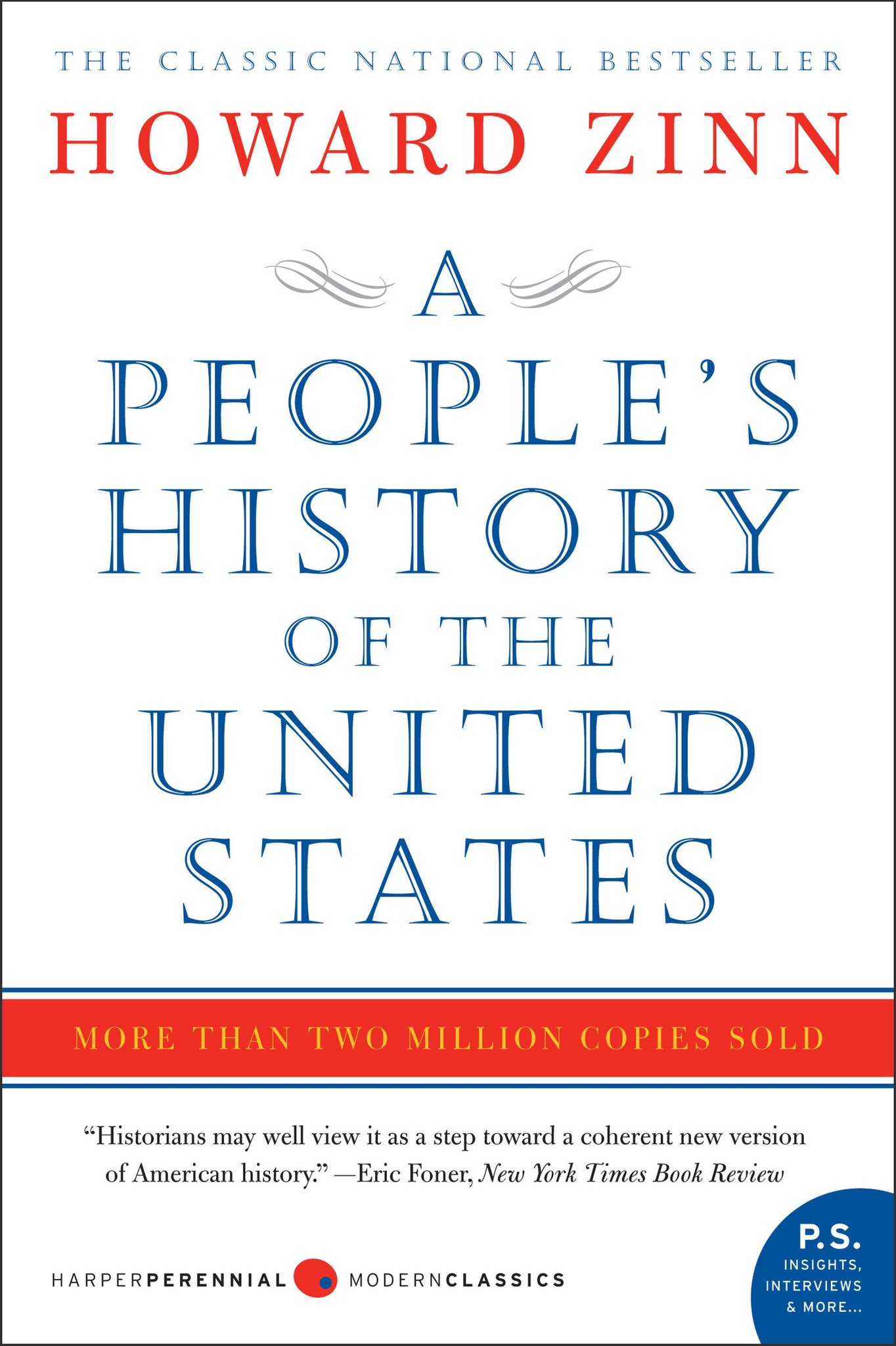 Since its original landmark publication in 1980, A People’s History of the United States has been chronicling U.S. history from the bottom up.
Since its original landmark publication in 1980, A People’s History of the United States has been chronicling U.S. history from the bottom up.
Known for its lively, clear prose as well as its scholarly research, A People’s History tells U.S. history from the point of view of — and in the words of — America’s women, factory workers, African-Americans, Native Americans, the working poor, and immigrant laborers.
As historian Howard Zinn shows, many of our country’s greatest battles — the fights for a fair wage, an eight-hour workday, child-labor laws, health and safety standards, universal suffrage, women’s rights, racial equality — were carried out at the grassroots level, against bloody resistance. Covering Christopher Columbus’s arrival through President Clinton’s first term, A People’s History of the United States features insightful analysis of the most important events in U.S. history.
Library Journal calls Howard Zinn’s A People’s History of the United States “a brilliant and moving history of the American people from the point of view of those. . . whose plight has been largely omitted from most histories.” Packed with vivid details and telling quotations, Zinn’s award-winning classic continues to revolutionize the way U.S. history is taught and remembered.
The book has appeared in popular media, like The Sopranos, The Simpsons, Good Will Hunting, Lady Bird, and the History Channel documentary The People Speak. [Publisher’s description.]
More than two million copies sold.
The 35th anniversary edition, published in November of 2015, includes a new introduction by Anthony Arnove. He begins,
Howard Zinn fundamentally changed the way millions of people think about history with A People’s History of the United States. He would be the first to say, however, that he didn’t do so alone. The book grew out of his awareness of the importance of social movements throughout U.S. history, some of which he played an active role in during the 1960s and 1970s and beyond, namely the Civil Rights Movement, mass mobilizations to end the Vietnam War, as well as other antiwar movements, and the many movements for higher wages and workers’ rights and the rights of women, Latinos, Native Americans, gays and lesbians, and others.
ISBN: 9780062397348 | HarperCollins
Teacher Quotes
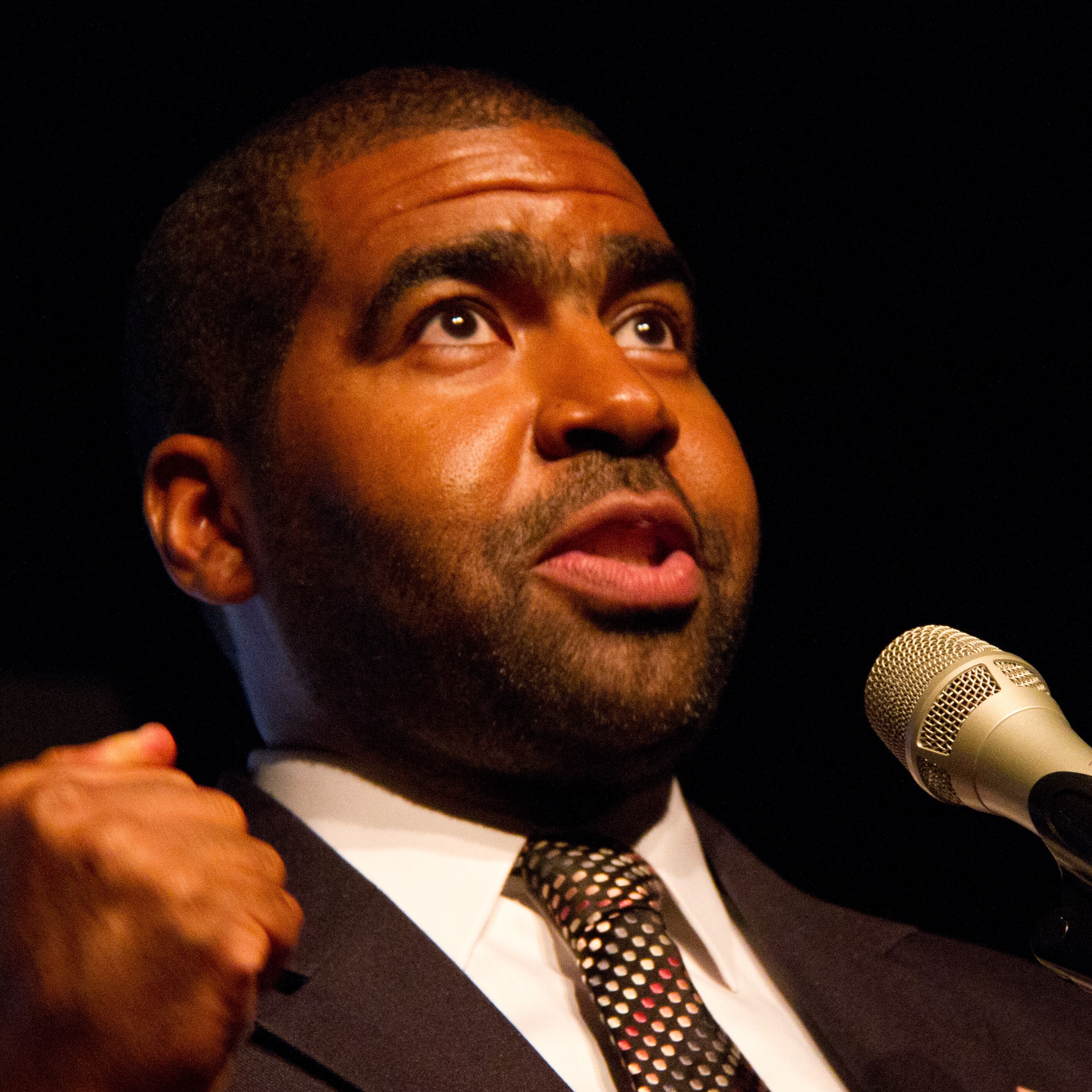
As a teacher, the Zinn Education Project website is invaluable because it provides activities that directly relate to A People’s History. Last week we did The People vs. Columbus, et al. which places all the parties involved in the arrival of Columbus on trial for the murder of the Tainos. The activity was so interactive that teachers from other classrooms had to ask us to quiet down. Students were able to better understand the motives and consequences behind the arrival.
Even though A People’s History can be a bit difficult for some students, the activities on the Zinn Education Project website makes the content accessible regardless of their reading level.
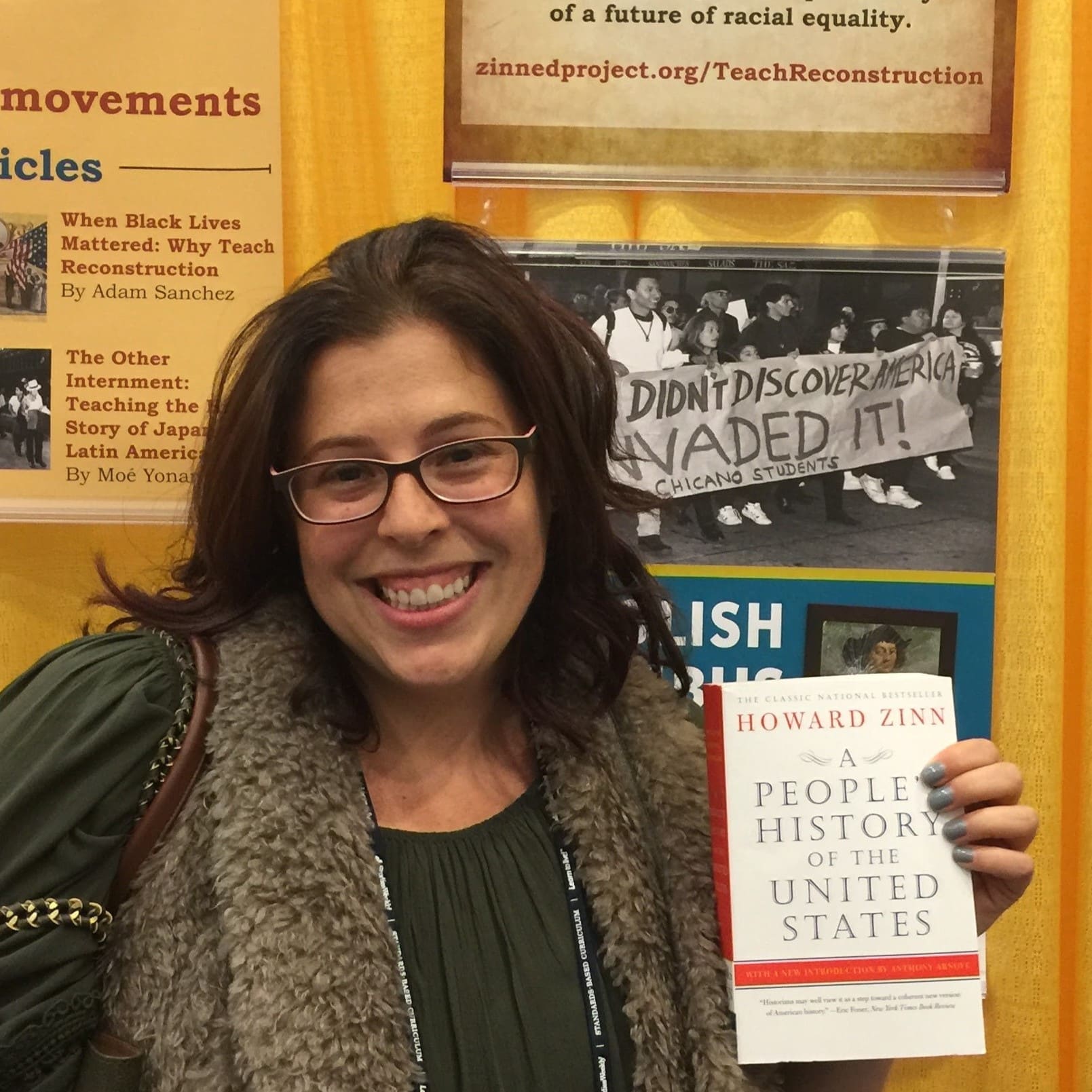
My first lesson as a student teacher was using an excerpt from A People’s History of the United States to teach about Columbus. I was working at Booker T. Washington Middle School in NYC. A student raised her hand and said, “Howard Zinn is my uncle!” I was honored, my hero’s niece! For Christmas, I got a signed copy!
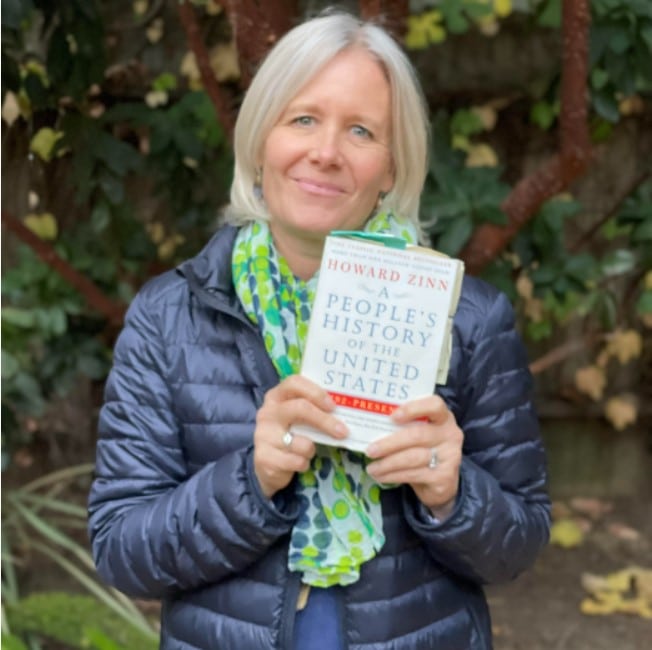
More than thirty years ago, I had the pleasure of sitting next to Howard Zinn on a cross-country flight to check out graduate programs. Despite my being somewhat star-struck, he was one of those easy to “fall into conversation with” seatmates — kind, engaging, and interested in why I was traveling.
When I revealed that I was considering becoming a social studies teacher, he said “You must do that. The world needs teachers like the one you will be.” The voice of the universe had spoken and I have been a classroom teacher for the past thirty years, using parts of A People’s History of the United States and his inspirational approach to understanding the American experience.
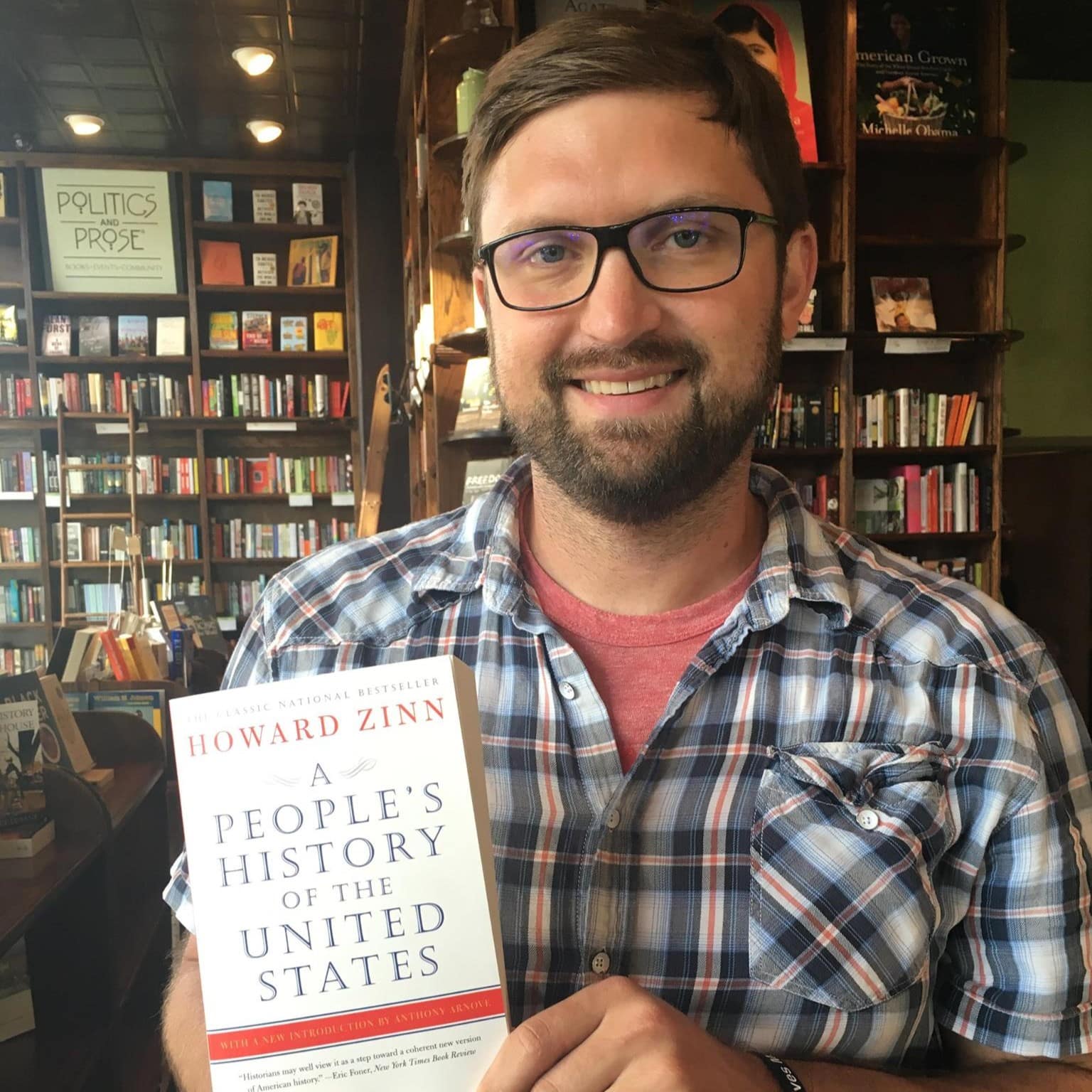
I grew up very trusting (too trusting) of the mainstream media and the accounts of our nations history from my textbooks. For years I was under the impression that the United States of America was the greatest nation in the world with no flaws — the epitome of democratic perfection. I would sing the national anthem proudly at baseball games and digest all the stories of our founding fathers that led me to idolization.
Then I read Howard Zinn’s A People’s History of the United States and everything changed. I became more curious about who was writing the history and their motivations. I developed a lens by which to critically judge the events and accounts I read in newspapers and history books. I was more thoughtful about a mainstream version of our history informed how another might see the world differently than me.
His book was the catalyst — opening me to a deeper understanding of myself, my biases and how they manifested subconsciously into sexism, racism, classism, and other forms of intolerance. After doing more work, reading books like The New Jim Crow by Michelle Alexander and Between the World and Me by Ta-Nehisi Coates, I found my way with conviction into activism. Each day I do this work I feel increasingly more empowered to be an aware and mindful ally to the Movement for Black Lives and other movements who struggle to dismantle systems of violence and oppression.

I read A People’s History of the United States in the summer before my junior year of high school — fifteen years ago now. It was an interesting time. This would have been 2005-2006, so the wars in Iraq and Afghanistan were well underway, and I was beginning to pay attention to what those around me were saying about war.
As I sat in Boston Common reading my paperback copy of A People’s History, I must have had dozens of people come up to me to tell me how much it had changed their lives. Some were former students, some were fans, some were college students reading Zinn for the first time. Howard Zinn gave me a gift — a radical awakening. His work has that kind of power. You don’t forget injustice easily, and he unearths the injustices the other textbooks would rather forget.
I had the distinct honor of meeting Zinn when he gave the opening remarks at an adaptation of Grace Paley’s work. For all that Zinn was — activist, educator, historian, pacifist, mensch — he reminded me of why our people fight for justice. I love the long, anti-capitalist, anti-white supremacist tradition he carried forward as a Jew. We are obligated by our religion to fight for all who are oppressed, and every time I read Zinn, I am graced with that reminder, and that memory.
I believe in the power of radical change through progressive education and fully support the work of the Zinn Education Project.
A People’s History of the United States makes my students think. They are shocked by it, moved by it, question it, challenge it, and are motivated to find out more of our history because of it.
I have used Howard Zinn’s book for years with high school students. I have begged for money to buy classroom sets to have to supplement the regular and AP curriculum. Whenever my students ask for where they can get real history my first choice is to pull this book off my shelf. I have started buying copies to give as graduation gifts for my Social Studies teacher candidates before they go into the field. Zinn has a special place in my heart that I always have to share with anyone who truly cares to know the facts.
In my current Social Studies method’s courses I now require Zinn’s book with my methods textbook. I also have all the Zinn Education Project resources linked to my course page. I use the resources to help teach my preservice teachers how to find underrepresented voices.
One of the issues we deal with is the lack of representation of those who truly built this nation in our curriculum and textbooks. The Zinn Education Project’s resources help bridge this gap. Students appreciate the perspectives of the these missing voices being added.
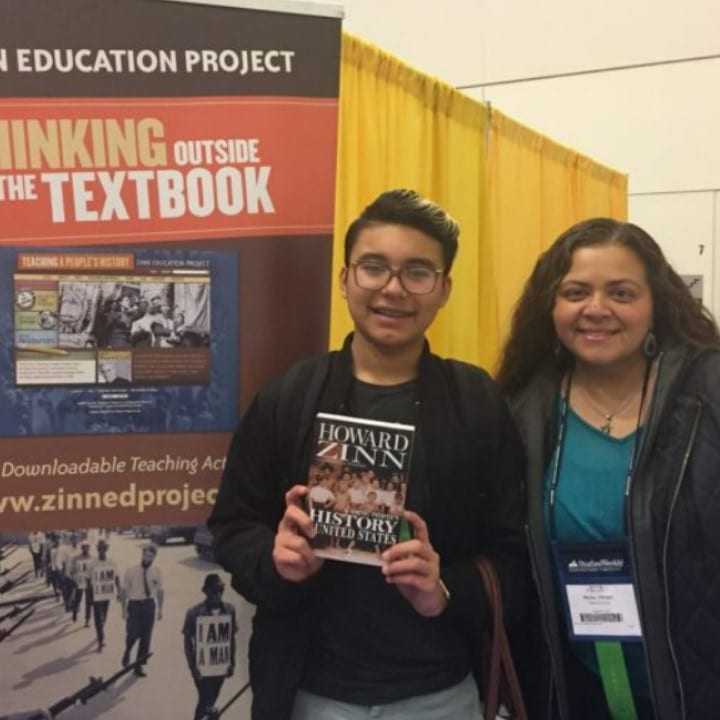
I am an 8th grade Humanities teacher at Melrose Leadership Academy in Oakland.
I just finished chapter 4 of A People’s History of the United States on tyranny with my 8th graders, and I have never seen so many of my students engaged in discussion! One of my normally non-avid readers came up to me at the end of the class and said, “Ms. V, this is such an interesting book!”
I am so proud to be using Howard Zinn’s work! Thank you!
I routinely use A People’s History of the United States in my APUSH class to differentiate between the narrative and facts. We always read the chapter on Christopher Columbus to really set the standard on how history has been romanticized away from truth to promote pure patriotism.
From A People’s History of the United States, I use Howard Zinn’s chapter on the U.S. -Mexico War as a starting point to teach my students Imperialism, Manifest Destiny, and Westward Invasion.
Along with the book, students read primary sources from many sources, including Lincoln and Frederick Douglass. These sources have even inspired their own anti-war protest signs.
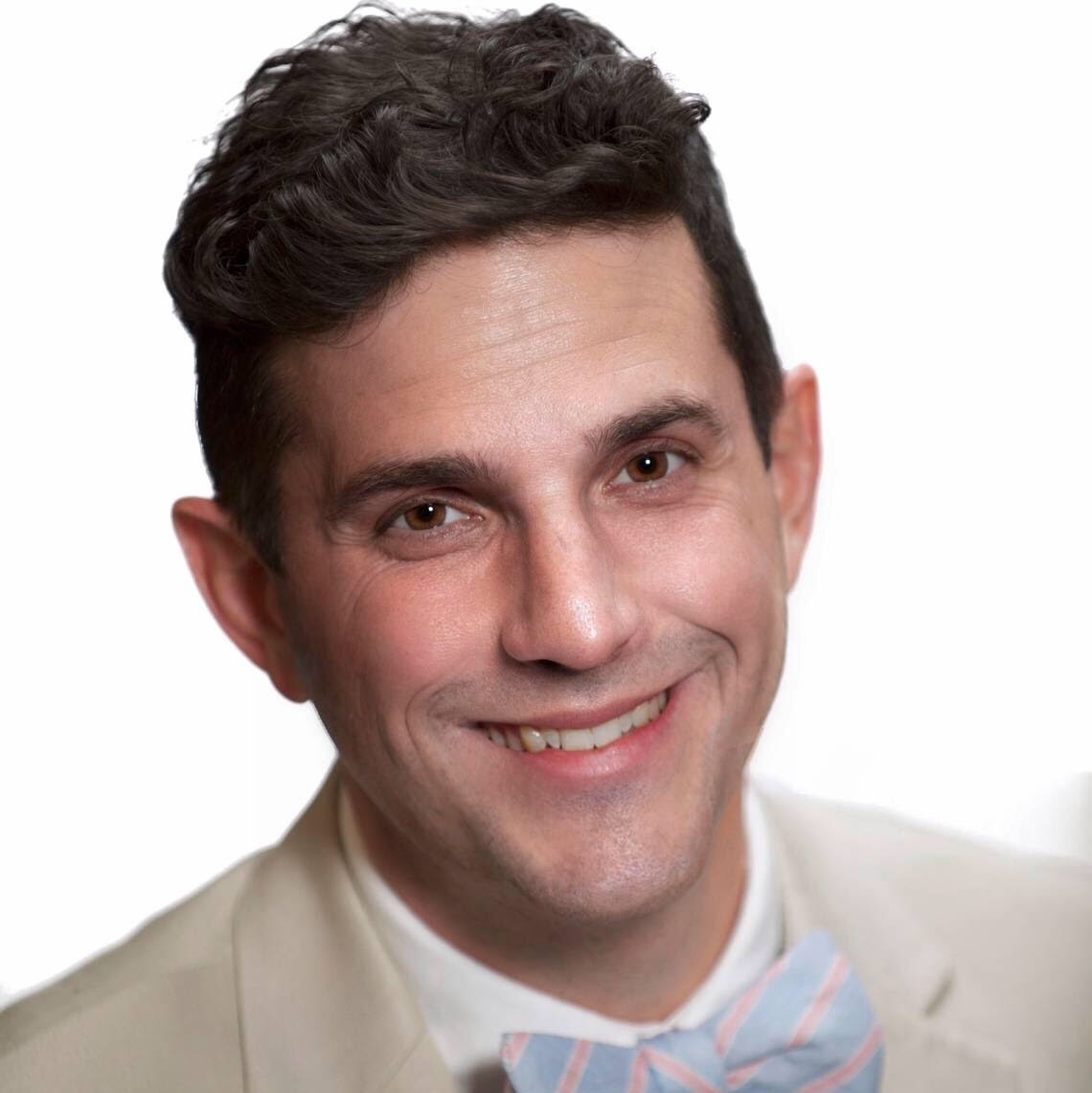
Because of this book, I understood early in my college career the importance of the true, unfiltered words of the actual actors in a historical event. As a result, I was drawn further into the study of history and, eventually, into my career as a history teacher. What A People’s History brought to my attention is that American history is much more interesting than that. Our history is an exciting, sometimes appalling, struggle for power and that makes us just like every other country that has ever existed.
A long list of “good guys” with no one to struggle with is neither a true story nor a good story. It doesn’t resonate because it leads the student to believe that we are all waiting for the next exceptional leader, instead of becoming a force for change in our own communities. A People’s History helped me recognize this as a student of history and inspires my attempt to bring true stories to young people, weary of the inaccessible lists that history teaching has become.
In my classroom, I use Chapter One from A People’s History of the United States — the arrival of Columbus — juxtaposed with the “textbook’s” telling of the impact of Columbus’ arrival.
My students focus particularly on the primary sources therein to discuss perspectives of history, and how history is recorded and retold. Who decides which history is learned?

In my first year of teaching 15 years ago, I was browsing local bookstores for resources that could supplement the textbook that I resented. I became a history teacher to help students make history a living part of their lives and the textbook seemed to have the opposite effect. I grabbed A People’s History of the United States and have yet to put it down.
The way in which Howard Zinn makes history compelling for students is undeniable and a resource that I have decided I — and my students — cannot be without. Many students who find themselves in alternative programs will often say that teachers never made school interesting. Zinn’s work gave me the resource I needed to capture the internal sense of justice so many urban students have. As an educator, I am filled with excitement that although I opened the window with the help of Howard Zinn, they have made the effort to examine what is outside.
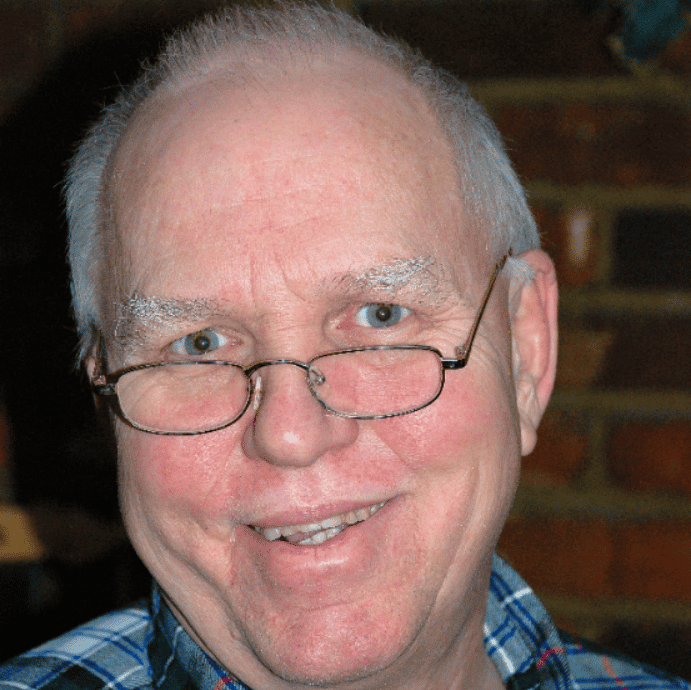
I have been a Howard Zinn fan since I picked up a copy of A People’s History when it first came out. I have cited it in more newspaper opinion columns than I can remember. I also quoted from it many times in my lectures at West Kentucky Community and Technical College, where I was on the faculty for 36 years. I recommended the book to my students. I still recommend the book to my union brothers and sisters — I’m the webmaster-editor for the Kentucky State AFL-CIO, a member of the state executive board and a retiree-member of AFT Local 1360. More than a few have bought copies of it.
Reading Zinn’s A People’s History of the United States as a freshman in college solidified my desire to study history. I was enamored by the book’s passionate prose and its unwavering condemnation of the crimes of the U.S. government. I was equally shocked by the fact that almost none of it was taught in my U.S. history class; it felt like I was reading something forbidden or scandalous, which kept me interested and engaged. Whether conscious of it or not at the time, reading through it with that lens surely also inspired me to study education later on.
Back in high school, I was lucky enough to have a dynamic, outside-of-the-box teacher. Instead of the usual textbooks for our U.S. history class, this teacher gave us a snippet of Howard Zinn.
Thanks to that introduction, A People’s History of the United States became one of the defining books of my young education. That book opened my eyes to new perspectives, concepts, and historical figures that directly impacted my life.
Thanks to that early exposure, I got involved in social justice and human rights work, and now get to help inspire similar awakenings in students today through my work with the Speak Truth to Power education curriculum!
Reading text from the front lines of strikes, the innards of factory life, the embattled marches of the women’s suffrage movement, and the fields of the tenant farmer, puts a human face on what can seem a faceless “movement.”
I will never forget, as a brand new social studies teacher in Brooklyn, being told of Howard Zinn’s A People’s History of the United States by veteran teacher Jack Urlich at Sarah J. Hale High School back in 1986.
Jack emphasized that this was the seminal work and could easily be used in the classroom. My students always found the readings refreshing compared to the stale textbooks.
I continue to use A People’s History of the United States in my classroom today.
Reading A People’s History opened my eyes to new ways of teaching writing. On a number of occasions, I taught a course in “Local History,” which asked students to research and write about people, places, and events in their communities. This experience underlined how “history” is a human product, with all its attendant biases and challenges, in terms of “objectivity” or “truth.”
I also used, in classroom instruction, pages from various history textbooks, covering the same events, but showing distinct differences in perspective.
The lesson that stands out is a series of three versions of the Great Railroad Strike of 1877, an event that happened to a large extent in Pennsylvania, where our college is located. One text (the most frequently used) gave a bland statement of mere facts and suffered from what we now call “both-siderism.” Another supported the railroad companies’ view of the strike and emphasized how destructive to commerce the strike was. A third (Zinn’s) supported the workers’ perspective and pointed out the nearly slave wages and working conditions of that time.
This lesson did lots to open up students’ eyes to history as a human document, made by us. It inspired students to write more truly and with more interest in their chosen topics. I believe Zinn’s work helped me see how we can make the past, personal and social, more alive and honest.
I tried to bring such ideas to my final position at the college, when I directed faculty development, encouraging my colleagues to create learning experiences that students could attach to, feel real ownership of. Thus, actually doing better work, and learning more. If I hadn’t taught English, I would have taught History. And, I would have used Howard Zinn’s text as the absolute antidote to “status quo” teaching.
Read more quotes from teachers about the impact of Howard Zinn and A People’s History of the United States on their work.
Table of Contents
Chapter 1. Columbus, the Indians, and Human Progress
Chapter 2. Drawing the Color Line
Chapter 3. Persons of Mean and Vile Condition
Chapter 4. Tyranny Is Tyranny
Chapter 5. A Kind of Revolution
Chapter 6. The Intimately Oppressed
Chapter 7. As Long as Grass Grows or Water Runs
Chapter 8. We Take Nothing by Conquest, Thank God
Chapter 9. Slavery Without Submission, Emancipation Without Freedom
Chapter 10. The Other Civil War
Chapter 11. Robber Barons and Rebels
Chapter 12. The Empire and the People
Chapter 13. The Socialist Challenge
Chapter 14. War Is the Health of the State
Chapter 15. Self-help in Hard Times
Chapter 16. A Peoples War?
Chapter 17. Or Does It Explode?
Chapter 18. The Impossible Victory: Vietnam
Chapter 19. Surprises
Chapter 20. The Seventies: Under Control?
Chapter 21. Carter-Reagan-Bush: The Bipartisan Consensus
Chapter 22. The Unreported Resistance
Chapter 23. The Coming Revolt of the Guards
Chapter 24. The Clinton Presidency
Chapter 25. The 2000 Election and the “War on Terrorism”

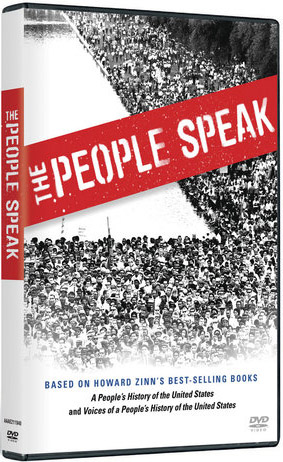

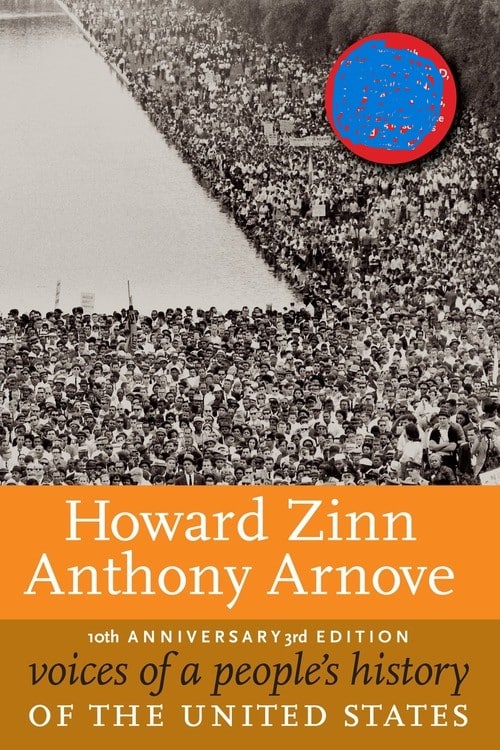
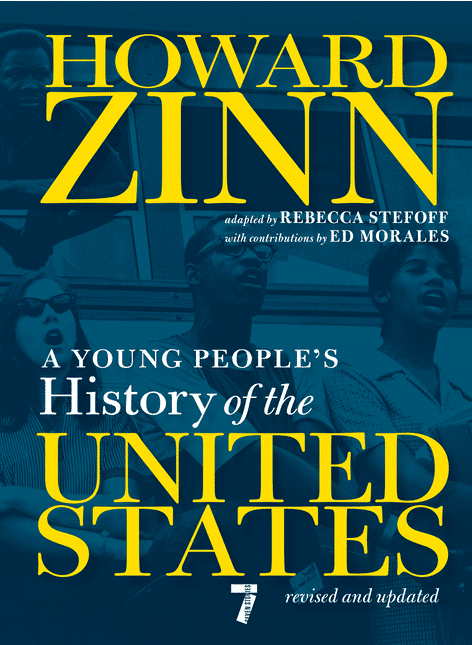
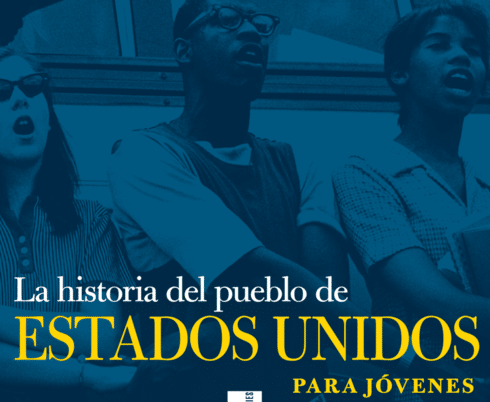






Twitter
Google plus
LinkedIn